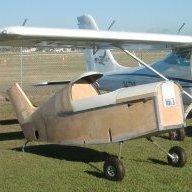-
Posts
130 -
Joined
-
Last visited

pluessy replied to Geoff_H's topic in Engines and Props

pluessy replied to stevron's topic in Engines and Props

pluessy replied to Jabiru7252's topic in AUS/NZ General Discussion

pluessy replied to Admin's topic in Governing Bodies

pluessy replied to Kyle Communications's topic in Engines and Props

pluessy replied to Kyle Communications's topic in Engines and Props

pluessy replied to Kyle Communications's topic in Engines and Props

pluessy replied to Kyle Communications's topic in Engines and Props

pluessy replied to Kyle Communications's topic in Engines and Props

pluessy replied to Kyle Communications's topic in Engines and Props

pluessy replied to Kyle Communications's topic in Engines and Props

pluessy replied to danny_galaga's topic in Aircraft General Discussion

pluessy replied to danny_galaga's topic in Aircraft General Discussion

